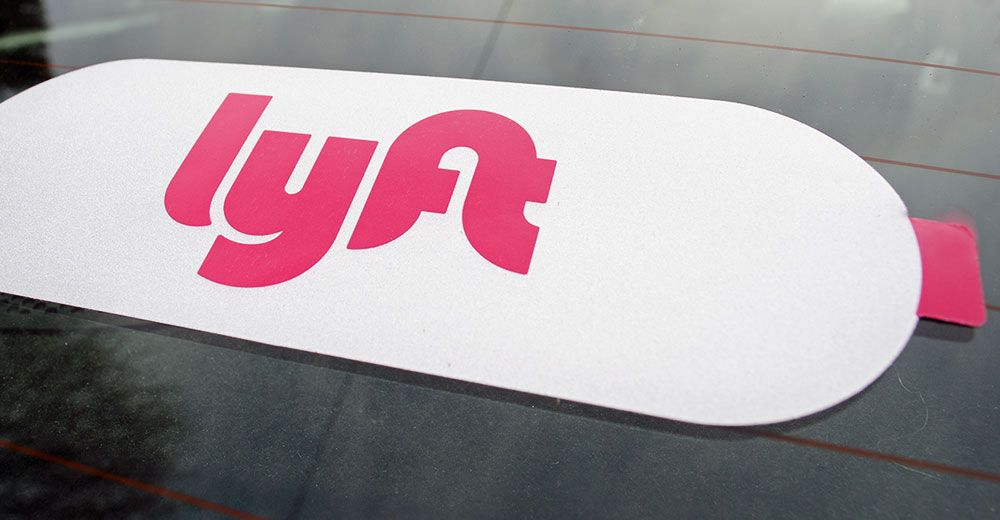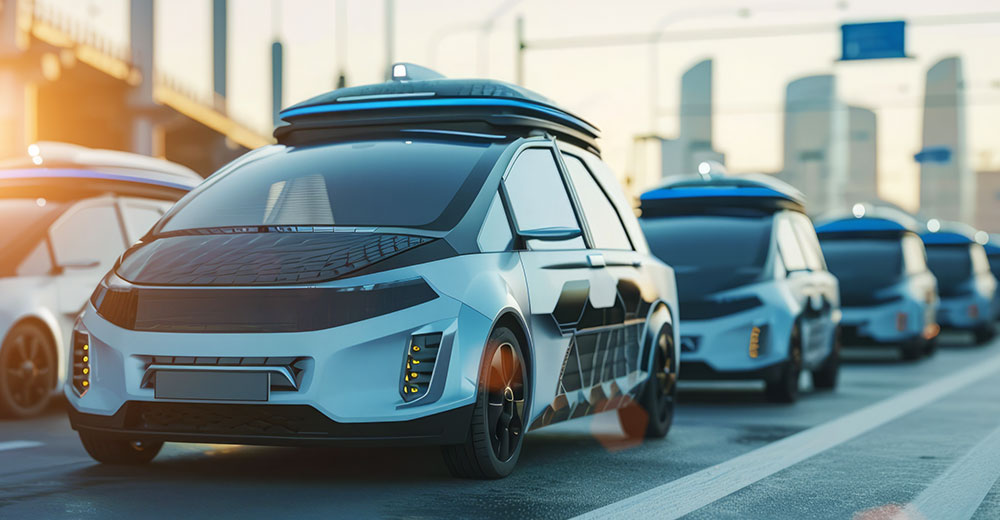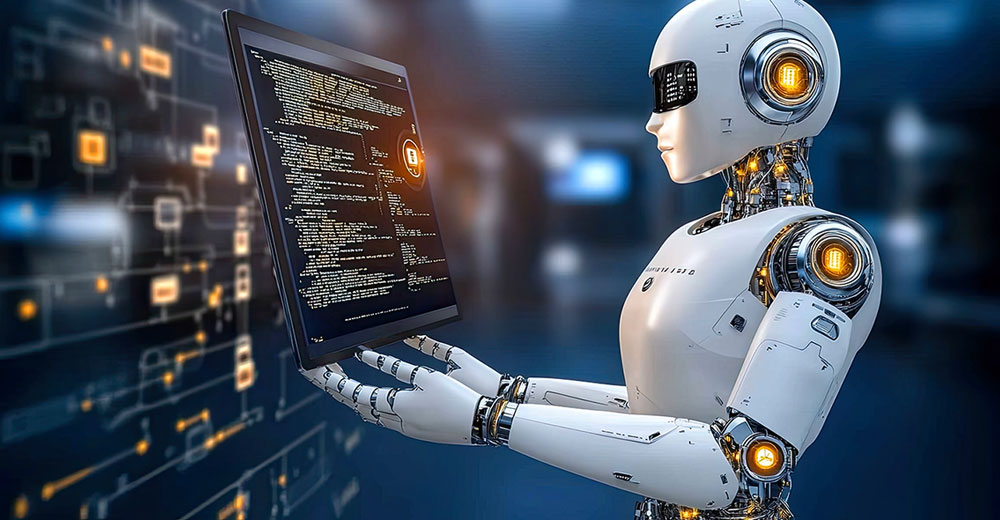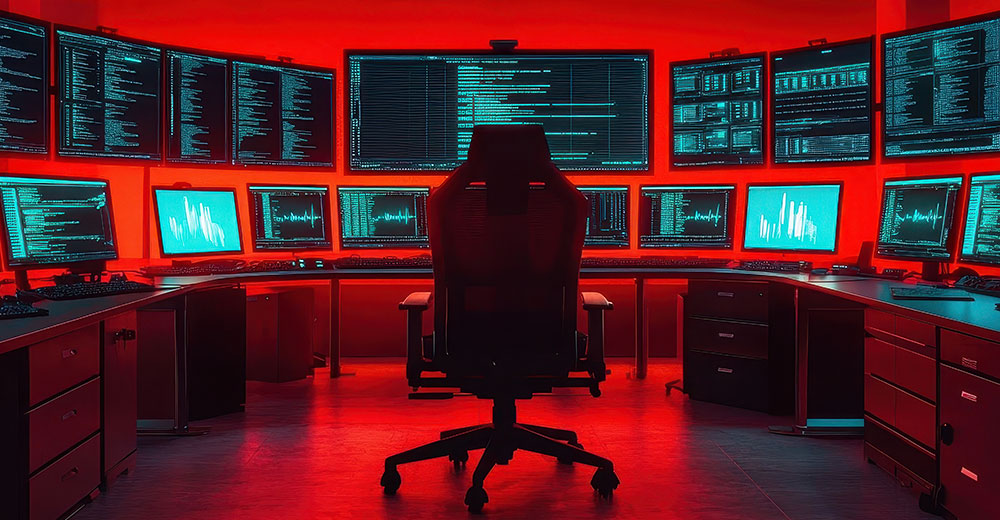In an apparent attempt to keep pace with its rival Uber, ride-hailing service Lyft plans to launch a fleet of robotaxis in Dallas “as soon as 2026.”
According to a report Monday in TechCrunch, the new robocabs will be powered by Mobileye technology while Marubeni, a Japanese conglomerate, will perform fleet management. When operational, ride seekers will be able to hail a robotaxi through Lyft’s app.
Although Lyft hasn’t revealed the carmaker for the program, TechCrunch noted that Mobileye technology is already integrated into vehicles made by Ford, General Motors, Audi, Volkswagen, Nissan, and others.
“Mobileye has been around for more than 20 years and is a global leader in advanced driver assist systems,” noted Sam Abuelsamid, vice president of market research at Telemetry Insight, a developer of AI-powered analytic tools, headquartered in Albuquerque, N.M.
“Most cars on the road have some sort of forward collision alert or lane-keeping assist system based on Mobileye technology,” he told TechNewsWorld.
While Lyft hasn’t revealed how many vehicles it will launch in Dallas, its Executive Vice President of Driver Experience, Jeremy Bird, told TechCrunch that the company plans to scale to thousands of vehicles across multiple cities after the Texas debut.
Lyft rival Uber has already announced it’s teaming up with Waymo to offer robotaxi services in Austin and Atlanta. Meanwhile, Tesla plans to launch an autonomous ride-hail offering in Austin in June.
Lyft’s Asset-Light Strategy for Robotaxis
“Lyft’s initiative is likely in response to Uber, which has made aggressive moves to form partnerships for autonomous vehicles,” said Edward Sanchez, a senior analyst in the automotive practice of TechInsights, a global technology intelligence company.
He noted that Lyft’s “asset-light” approach to operations explains its partnership with Marubeni. “Lyft, like Uber, is taking a somewhat incremental approach to commercializing robotaxi service,” Sanchez told TechNewsWorld.
He pointed out that Uber CEO Dara Khosrowshahi has said full-scale robotaxi commercialization will be a longer-term pursuit due to the high current cost of autonomous vehicles — often more than US$200,000 — and currently higher operational costs than human-driven vehicles.
“Uber and Lyft built their business on the idea that they don’t own anything,” Abuelsamid explained. “The only thing they own is their software platform.”
“They don’t own any vehicles,” he continued. “They don’t have to put fuel in them. They don’t have to insure them or maintain them. That’s problematic for robotaxis because now you have to find somebody that’s going to own, operate, and maintain those vehicles.”
“So there’s a lot of new kinds of operational challenges and operational expenses associated with robotaxis that you don’t have with a human-driven vehicle when you’re relying on somebody else bringing their own vehicle to your platform,” he said.
“They are responsible for all of that stuff. That is not part of your cost of doing business. When you go to a robotaxi, all of a sudden, all of that stuff becomes part of your cost of doing business.”
Tesla’s Contrarian Approach
Sanchez added that although Tesla is widely considered the leader in terms of miles driven and geographical coverage of its Full Self-Driving (FSD) service, due to extensive data ingestion from its cumulative fleet of vehicles, it has only recently showcased its specific approach to robotaxis with the Cybercab.
“It’s also somewhat unclear if Tesla will pursue a company-operated fleet at scale or simply operate as a platform to enable individual owners to use Cybercabs — or presumably other Teslas with fully autonomous capability — as an entrepreneurial venture,” he said.
Cybercab (Image Credit: Tesla)
He noted that Tesla has historically been highly vertically integrated and has often taken a contrarian approach to technologies. One noteworthy example is Tesla’s shunning of Lidar in its suite of autonomous sensing technologies, while much of the rest of the industry has been embracing it or considering it a “mandatory” technology for safe AV operation.
“Tesla refuses to use any other type of sensors, which I think is a fundamental mistake,” Abuelsamid said. “I don’t think that they are going to be able to build a viable robotaxi platform with a camera-only system. It’s not robust enough.”
“It doesn’t work well in low light conditions,” he continued. “It doesn’t work well in fog or rain. It’s cheaper, but it does not have the robustness of a system that uses multiple types of sensors.”
Can Robotaxis Win Consumer Confidence?
Mark Giarelli, an equity analyst with Morningstar Research Services in Chicago, views Lyft as a laggard in the robotaxi partnership race.
“The most important thing to remember here is that Lyft has a way smaller value proposition to autonomous vehicle manufacturers compared to what Uber offers because Lyft’s network of drivers and riders is so much smaller than Uber’s,” Giarelli told TechNewsWorld.
“If an AV company partners with Uber, they are guaranteeing access to 75% of the U.S. rideshare market, but if they partner with Lyft, they are only getting access to 20% to 25% of the U.S. rideshare market,” he explained.
During this early chapter in the robotaxi story, the technology has faced some challenges. “It’s not been an easy rollout,” said Mark N. Vena, president and principal analyst at SmartTech Research in Las Vegas.
“Deploying robotaxis in cities face major challenges such as regulatory hurdles, with complex and evolving approval processes that vary by region,” he told TechNewsWorld. “Technical difficulties arise from navigating dense urban environments filled with unpredictable obstacles like pedestrians, cyclists, and construction zones.”
“Additionally, achieving public trust and ensuring safety at scale remain significant obstacles, especially after high-profile incidents involving autonomous vehicles,” he said.
Rob Enderle, president and principal analyst at the Enderle Group, an advisory services firm in Bend, Ore., agreed that getting people comfortable with the technology has been a problem. “The large-scale trials have had issues with noise, navigation errors, and glitches stranding some riders,” he told TechNewsWorld.
“They are still largely safer than human-driven cars, but when something bad happens, because they are new, the accident gets an unusual amount of attention, creating the false impression the technology is unsafe,” he said.
Growing Consumer Comfort With Robotaxis
Nevertheless, there are signs that consumers are getting more comfortable with the technology. In its second U.S. Robotaxi Experience study released in October, J.D. Power found consumer satisfaction with the robotaxi experience to be 8.53 on a 10-point scale.
The consumer research, data, and analytics firm in Troy, Mich., also reported that consumer confidence when riding in a fully automated, self-driving vehicle is 56 percentage points higher among those who have ridden in a robotaxi (76%) than the general population who have not had the experience (20%).
Kathleen Rizk, Power’s senior director of user experience benchmarking and technology, acknowledged, however, that many consumers with robotaxi experience tend to be early adopters.
“What we find with early adopters of technology is they don’t always expect technology to work perfectly when it’s brand new, but they want to be part of that experience,” Rizk told TechNewsWorld. “So they may experience an issue, but they’re more willing to overlook it as part of the technology — like a bug being worked out.”
The study also revealed that when given a series of scenarios assuming the cost for either service would be the same, 77% of riders say they would prefer to utilize a robotaxi service without a human driver when needing to have a private conversation in the vehicle. In contrast, a ride-hailing service, such as Uber or Lyft, is preferred when traveling in an area they don’t know well.
“Whether it’s a taxi, ride-hailing, or robotaxi, what it’s ultimately going to come down to is affordability for the consumer,” Rizk said.
That time, although years away, will eventually come. Enderle predicted: “By 2035, finding a human-driven taxi will be as hard as finding a robotaxi today.”
Read the full article here














